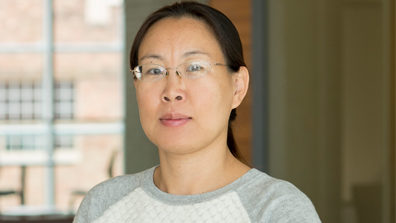
“If you want to pursue a career in science, it’s very important to foster a hardworking attitude, a creative mind, and critical thinking,” says Jingru Sun, Ph.D., an associate professor of translational medicine and physiology at Washington State University’s Elson S. Floyd College of Medicine in Spokane. Our interview with Dr. Sun highlights how her career path led her to research the way the nervous system regulates immune responses.
Q: How did you become interested in science?
A: In high school, I had an amazing teacher who introduced me to the scientific world, guided me to ask the right questions, and encouraged me to find answers by myself. I asked questions like: How do trees produce oxygen? How can we see bacteria through a microscope? Why are humans smarter than other animals?
Continue reading “Career Conversations: Q&A With Neuroimmunology Researcher Jingru Sun”

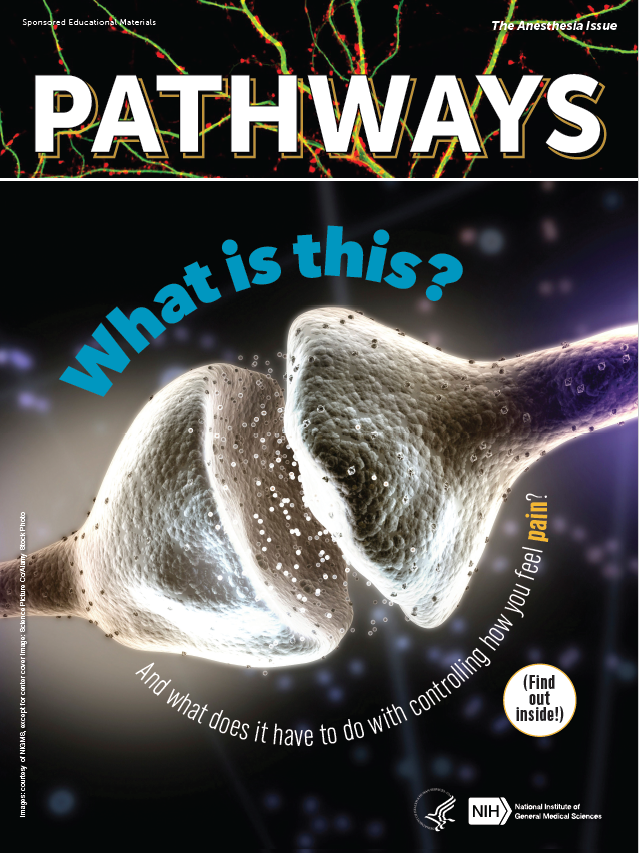 Cover of Pathways student magazine.
Cover of Pathways student magazine.

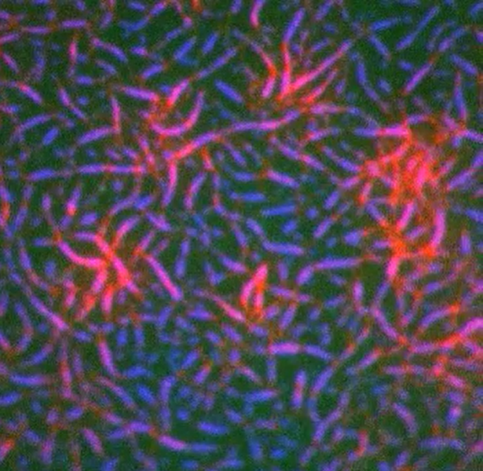
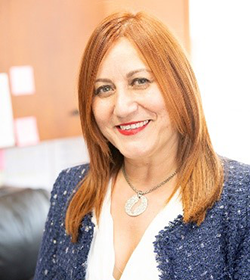 Dr. Idhaliz Flores-Caldera.
Dr. Idhaliz Flores-Caldera.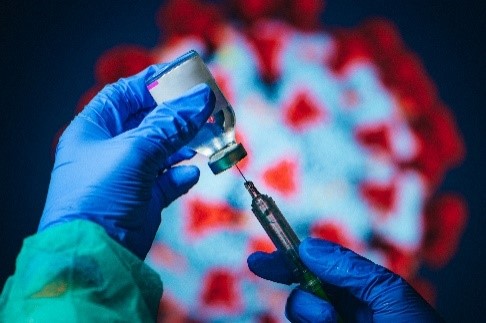 ACTIV clinical trials will evaluate the safety and efficacy of COVID-19 treatments and vaccines. Credit: iStock.
ACTIV clinical trials will evaluate the safety and efficacy of COVID-19 treatments and vaccines. Credit: iStock.
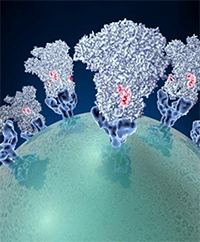 Spike proteins on the surface of a coronavirus. Credit: David Veesler, University of Washington.
Spike proteins on the surface of a coronavirus. Credit: David Veesler, University of Washington.